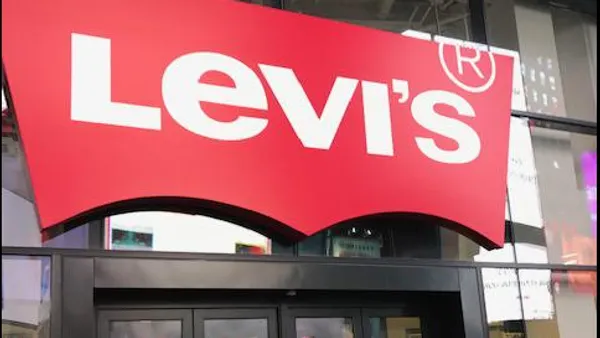Off price retailers — with one notable exception — are poised to shake off much of the pressures faced by most apparel and home goods retailers, several analysts said ahead of upcoming earnings reports from the segment.
“We remain bullish on the off price space amid elevated inventory availability, consumers shifting to value-seeking mode, and favorable environment to start pivoting back to pre-COVID margin levels for the space,” Credit Suisse analysts led by Michael Binetti said in a client note Wednesday.
That mode, quite evident last year as rising prices made shoppers choosy, budget-minded and less loyal, now appears to be accelerating, to the benefit of off-pricers, according to Cowen & Co. analysts led by John Kernan. That is especially true for households at lower income levels, they found.
Together, the three leading off-price companies, TJX, Ross and Burlington, enjoy 13.9% market share in clothing and accessories and “are acquiring and retaining consumers from pre-pandemic levels,” Cowen found. And they are poised to benefit from any store closures or liquidation at struggling Bed Bath & Beyond, they said in a Tuesday earnings preview.
Footfall trends also reveal strength at these major players, according to research from Placer.ai. In December, traffic grew 3% at TJ Maxx, 4.7% at Marshalls and 01% at Ross compared to the previous year; Burlington’s traffic declines shrank to 1.5%, Placer found. Moreover, by January, all these chains saw positive year-over-year foot traffic growth.
Several researchers called out TJX, parent of TJ Maxx, Marshalls, Home Goods and Sierra, as a standout in a market that has traditionally thrived in up and down economies alike. Rivals Ross and Burlington are “both exposed to more mid and lower income consumers, have less flexibility on their pricing structure, and may have more work to do on inventory normalization,” Kernan said.
However, the inventory struggles that have bedeviled specialty and department stores seem to be a boon to these retailers, with name brands plentiful at many off-price locations.
“The availability of goods in the marketplace remains significant,” Kernan said. “Our checks suggest large shipments from ‘key’ athletic apparel/footwear vendors ramping in the spring with inventory balances in apparel and footwear reaching new highs.”
Such advantages aren’t obvious at Nordstrom’s off-price Rack division, however, analysts say. Last year the company said it would expand its Rack fleet in a quest for growth, and have said that 90% of the merchandise found at Rack was once available at the company’s upscale full-line fleet. But shoppers by and large skipped Rack at the holidays, the latest in what William Blair analysts led by Dylan Carden at the time deemed “chronic underperformance.”
They reiterated that earlier this month. “Rack has had chronic inventory issues that seem disjointed from the broader success of the off-price channel and fly in the face of management’s long-standing claims of its benefit within the broader Nordstrom ecosystem,” Carden said in emailed comments.















